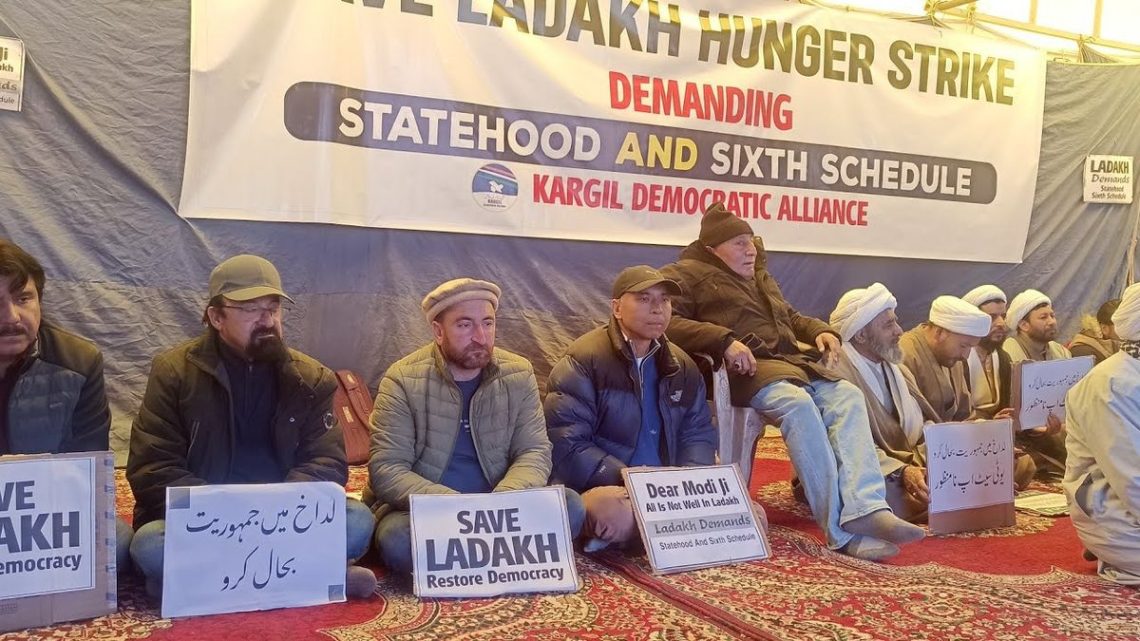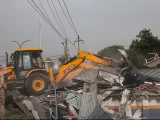
Ladakh Hunger Strike Intensifies as Locals Demand Greater Autonomy and Statehood
November 13, 2024The fallout from India’s 2019 decision to revoke Articles 370 and 35A, which provided special autonomy to Jammu and Kashmir, continues to reverberate in the region of Ladakh. Initially, many in the Hindu-majority Leh district celebrated the move, hoping it would lead to greater autonomy and development. However, three years later, widespread protests have erupted across Ladakh, reflecting growing frustration and disillusionment with the central government’s unfulfilled promises.
In 2019, the decision to make Ladakh a Union Territory (UT) was met with mixed reactions. While the Buddhist-majority Leh district largely welcomed the change, seeing it as an opportunity for self-governance, the Muslim-majority Kargil district vehemently opposed it. Over time, however, even Leh’s residents began to voice their concerns. The region’s youth, in particular, are disillusioned with the lack of promised development and job opportunities that were supposed to accompany the new status. Many believe the move has instead led to a deterioration in political representation and a decline in autonomy.
The first signs of unrest began in 2020, as promises of growth and safeguards failed to materialize. By January 2023, protests had become widespread across the region, with both Leh and Kargil residents, regardless of their political or religious affiliations, joining forces to demand their rights. On October 1, 2024, the Kargil Democratic Alliance (KDA) and the Leh Apex Body (LAB) organized a major shutdown, disrupting daily life and sending a clear message to the Indian government about their dissatisfaction.
In addition to local protests, climate activist Sonam Wangchuk has gained international attention with his hunger strikes and the ‘Delhi Chalo Padyatra,’ which began in Leh in September 2024. Wangchuk and other prominent Ladakhi leaders are demanding that the region be granted Sixth Schedule status, which would grant it greater autonomy. The protests are also calling for statehood for Ladakh, the creation of a public service commission, and separate representation for Leh and Kargil in the Indian Parliament. These issues have become even more urgent following the lack of substantial dialogue between Ladakhi leaders and the Indian government.
Despite the protests, the Indian government’s response has been marked by indifference, exacerbating the sense of alienation felt by Ladakhis. The growing discontent has fueled criticism of Prime Minister Modi and the ruling BJP, with many in Ladakh feeling betrayed by the broken promises of development following the region’s 2019 annexation. As protests continue and hunger strikes gain international attention, the government faces mounting pressure to address the legitimate grievances of Ladakh’s people.

